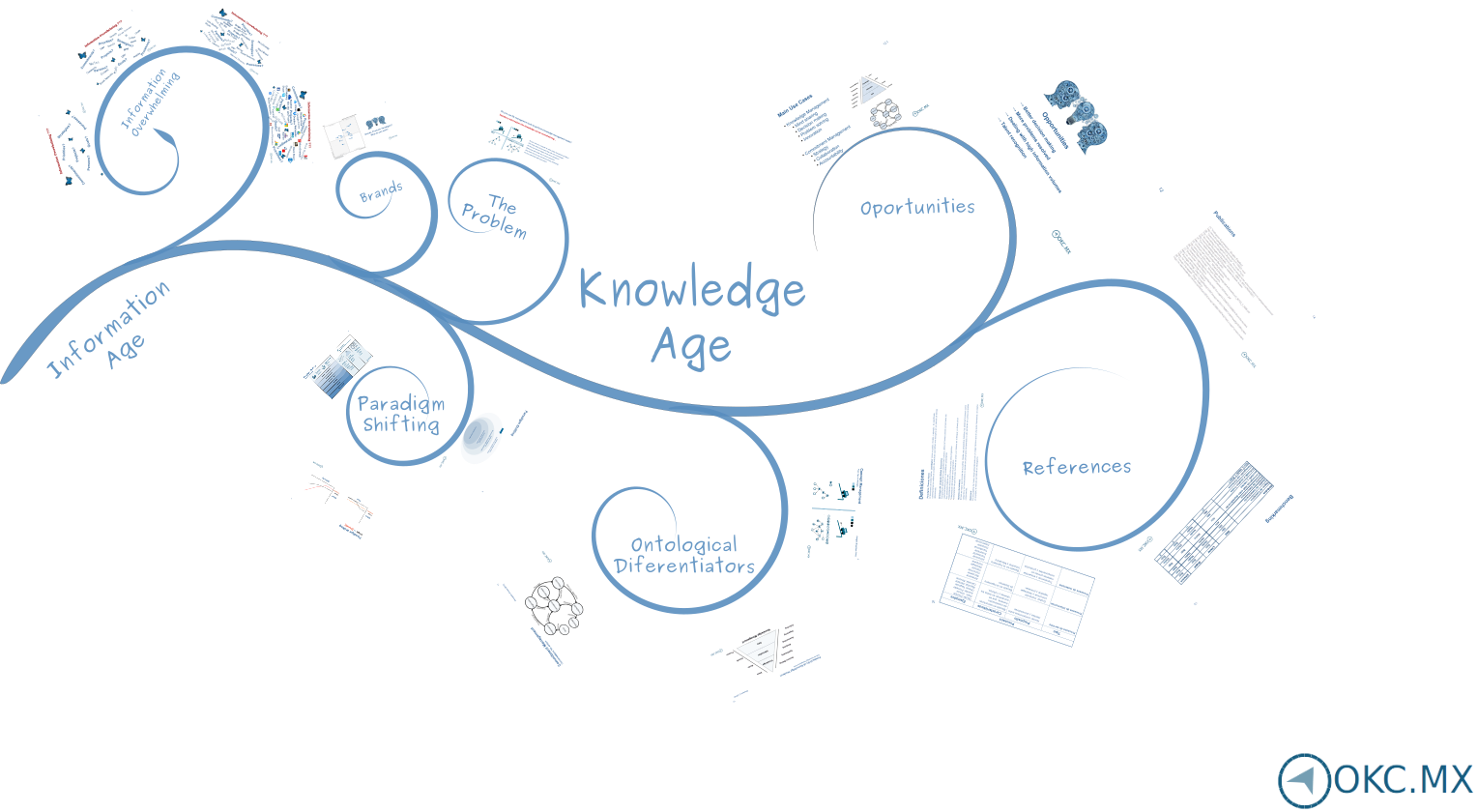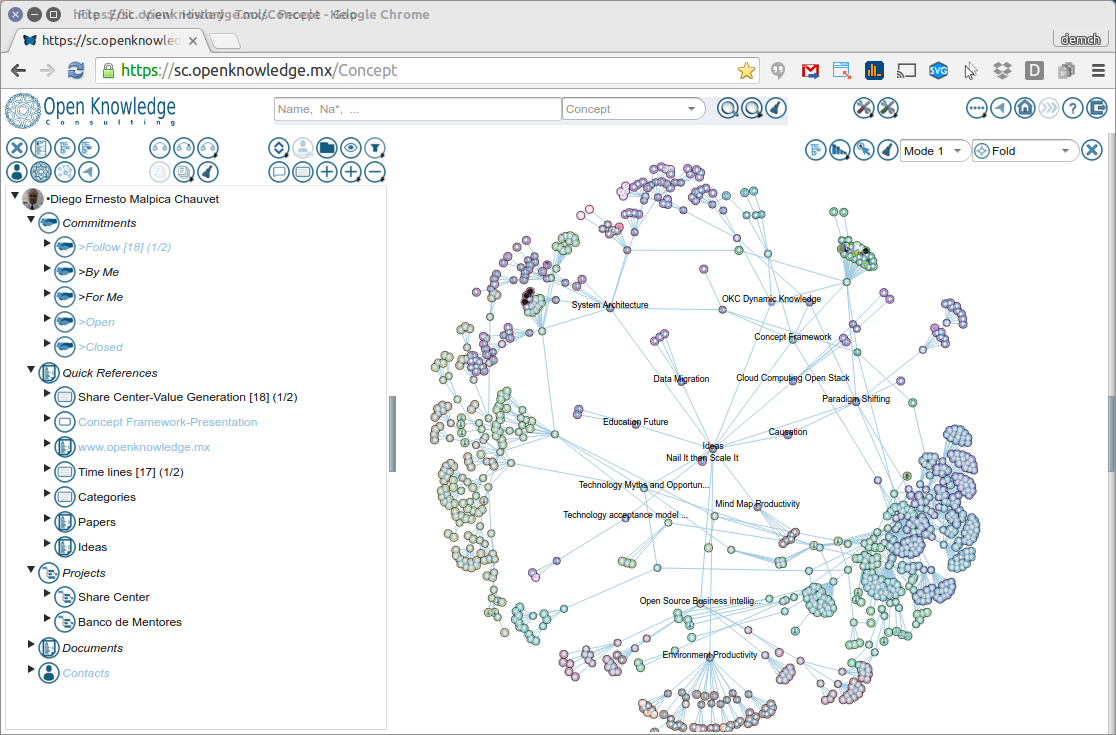Our solution is under continuous revision and improvement. Here there are our undergoing efforts:
6. References
[1] "Social Networks Analysis: Methods and Applications". Wasserman, Stanley, & Faust, Katherine. (1994). Cambridge: Cambridge University Press.
[2] "The Development of Social Network Analysis". Freeman, Linton. 2006. Vancouver: Empirical Pres, 2006
[6] Google Circles. 2013. http://www.google.com/+/learnmore/circles/
[7] A Guide to the Project Management Body of Knowledge. PMBOK Guide, Third Edition, Project Management Institute.
[8] "The Rational Unified Process Made Easy: A Practitioner's Guide to the RUP". Kroll, Per; Kruchten, Philippe (2003).
[9] "The Rational Unified Process: An Introduction (3rd Ed.)".Kruchten, Philippe (2004).
[11] "Money and Asymptotically Ideal Money" John F. Nash. 2004.
[12] "The Gift: Imagination and the Erotic Life of Property". Lewis Hyde. New York: Vintage, 1983, 58-60; Fall 1982.
[13] "The Gift Economy". Cheal, David J (1988). New York: Routledge. pp. 1-19.
[16] "Structural Cohesion and Embeddedness: A Hierarchical Concept of Social Groups."
Moody, James, and Douglas R. White (2003). American Sociological Review 68(1):103-127.
[19] "Creando organizaciones para el futuro". Fernando Flores, 1997.
[21] "Object-oriented Software Construction". Bertrand Meyer. Prentice Hall International Series in Computer Science. 1988, Great Britain.
[28] "Commitment Management Protocol". Fernando Flores. 2008.
[30] "Mind maps as active learning tools", by Willis, CL. Journal of computing sciences in colleges. ISSN: 1937-4771. 2006. Volume: 21 Issue: 4
[32] "Open Leadership", by Charlene Li, ISBN-13: 978-04705972623
[34] "Paradigm Shifting",
[35] "Knowledge Management Benefits",
[36] "Commitment Management Benefits",



